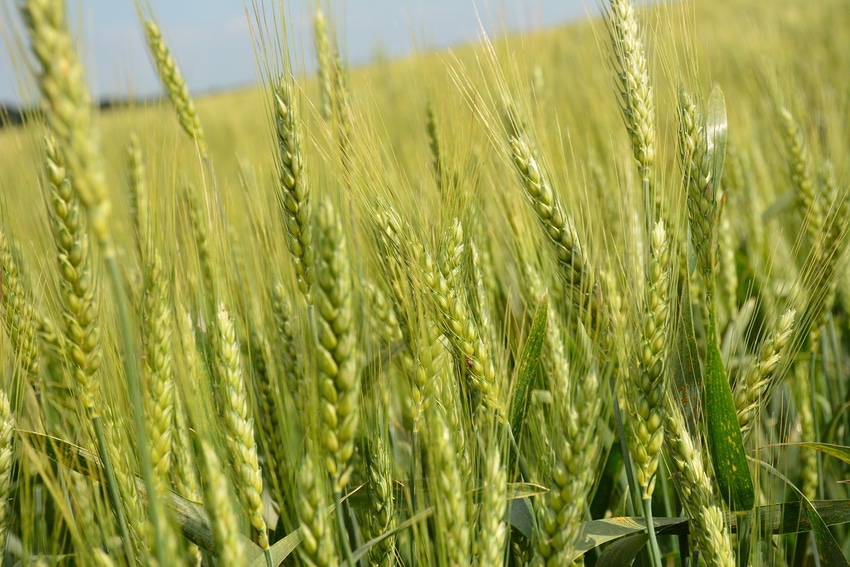February 4, 2016

Hard red winter wheat acreage planted for harvest in 2016 was 9 percent less than the planted acres for the 2015 harvest. The decrease in planted acres is expected to result in a reduction in 2016 hard red winter wheat production, as compared to 2015.
But, lower production is expected to have little impact on wheat prices.
The USDA released wheat crop (growing) conditions for select hard red winter wheat states. Reports indicate that fall 2015 winter wheat planting conditions were better than planting conditions in 2014. The January 2016 report indicated that January 2016 wheat growing conditions are better than growing conditions in January 2015.
POSSIBLE HIGHER YIELDS
More favorable planting conditions and slightly better growing conditions indicate that 2016 wheat yields may be higher than last year’s 37 bushels per acre for Kansas, 26 bushels for Oklahoma, 30 bushels for Texas, and a 35.7 bushel average for all states. The 10-year average hard red winter wheat yield is 37 bushels per acre.
For the latest on southwest agriculture, please check out Southwest Farm Press Daily and receive the latest news right to your inbox.
January wheat growing conditions are important to production, but most producers and analysts believe that the most important growth periods are emergence and March-through-May. Any increase in yield due to better growing conditions is not expected to offset a 9 percent reduction in planted acres. Total hard red winter wheat planted acres for the 2016/17 wheat marketing year is 26.5 million, compared to 29 million planted for the 2015 crop.
During the last 10 years, 77 percent of the hard red winter wheat planted acreage was harvested, compared to 80 percent in 2015.
SMALLER PRODUCTION IN 2016
Assuming that 80 percent of the fall 2015 wheat planted acres is harvested in June 2016, yields will have to increase 9 percent for 2016 production to match 2015 hard red winter wheat production. Current growing conditions don’t support a 9 percent (35.7 bushels per acre to 38.9 bushels per acre) increase in yields.
Assuming average yields (37 bushels per acre) and 21.2 million harvested acres (80 percent of 26.5 million planted acres), 2016 hard red winter wheat production would be 784 million bushels. This amount is 43 million bushels less than 2015 production of 827 million bushels.
2015/16 marketing year ending stocks are projected to be 416 million bushels, compared to 294 million bushels in 2014/15. The 122 million bushel increase in ending stocks more than offsets the projected 43 million bushel reduction in production. Even with lower production, total hard red winter wheat supply is expected to increase during the 2016/17 marketing year.
A 9 percent decrease in planted acres is expected to offset higher yields, resulting in a decrease in hard red winter wheat production. Higher ending stocks are expected to offset lower production, resulting in an increase in total supply.
The good news is that the increase in hard red winter wheat stocks is already factored into 2016 harvested wheat prices. Thus, higher yields without a decrease in price should result in higher per acre returns.
A caveat is that the major determinant of U.S. winter wheat prices will be foreign wheat production rather than an increase or decrease in U.S. hard red winter production.
About the Author(s)
You May Also Like






